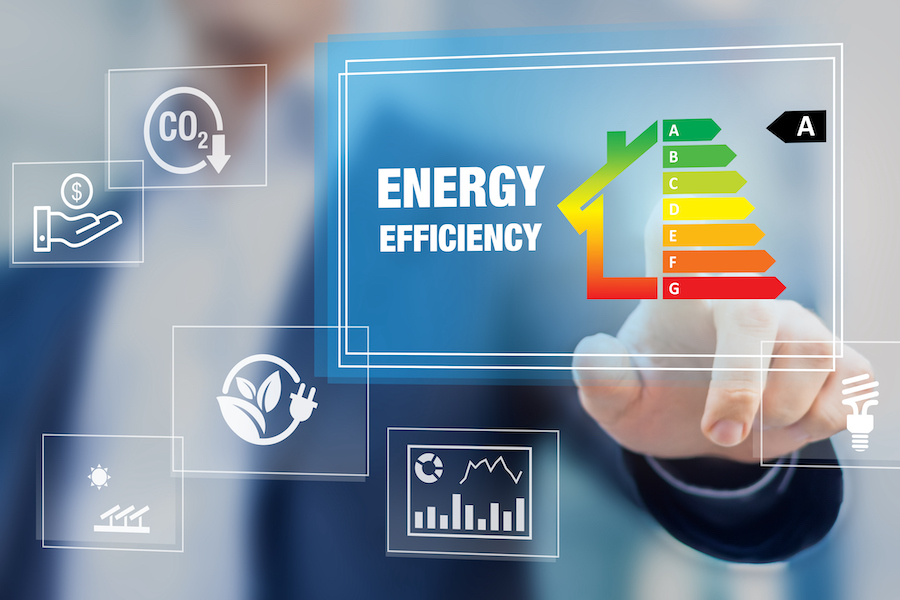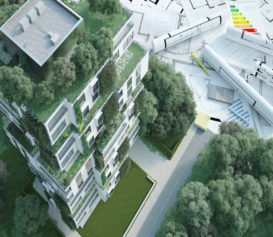We’re excited to share this guest post written by the expert team at Cadence OneFive, helping managers meet the climate challenge with transformative solutions. Read on for their advice on responding to the newest LL97 proposed rules, and join us for our live webinar on November 10th to get more details & answers to your questions!
Local Law 97, which sets carbon emissions limits for large New York City buildings, could mean hefty fines by the end of the decade for owners as well as a race to complete “prescriptive upgrades” by 2024 in thousands of rent stabilized and affordable housing properties. The proposed rules released by the city earlier this month provide, for the first time, concrete details on the core elements of the law.
But how can you translate this new information into practical steps to avoid fines while also taking maximum advantage of other people’s money in the form of utility rebates and even the Inflation Reduction Act?
What Do We Know Now?
The original law included information on fines affecting just 25% of the city; the new rules show the carbon fine exposure that will soon impact 3 out of 4 NYC buildings.
The updated rules now provide more clarity not only around requirements for 2030 and beyond, but also a big signal about how the NYS mandate to convert the electric grid from fossil fuels to solar and wind will be factored into compliance measurements. The upshot is that while building emissions limits reduce quickly with each compliance period, increasing fine exposure, the emissions related to electricity usage also decrease over time. This gives more certainty that electrification–the process of replacing today’s fuel-fired systems, such as boilers, with efficient electric options like heat pumps–is a good long-term plan.
So What Should You Do?
There is no silver bullet. There are, however, a few proven strategies for any particular building type that are important to compare in order to identify the smartest way forward.
This isn’t about choosing between a bad decision or a good decision as much as it is about making an informed versus an uninformed decision. Defining a plan early that is tailored to the goals and financial constraints of each building in your portfolio will both avoid management headaches and minimize your exposure to “greenflation” expected from a deluge of capital chasing too few contractors (think supply chain crunch 2.0).
Third-party managers should communicate these plans early and often to their customers in order to cover themselves on due diligence. And owners have the opportunity to turn a plan that addresses a compliance pain into a gain with investors who are increasingly focused on allocating capital based on Environmental, Social, and Governance (ESG) criteria.
Overwhelmed? You’re Not Alone!
Here are some common questions we get:
- How much improvement can you get from your current heating system? Will it be enough to meet some of the earlier compliance limits?
- Should you look at electrification, and when does it make sense to start that transition? (Hint: wait until you need to install a new boiler)
- What about options for “Renewable Energy Credits” or other ways of reducing your fine exposure?
- What are the best pathways for affordable and rent-stabilized housing?
- How can you keep up with the ever-changing incentives that are offered at the local, state, and federal levels and know that you’re not leaving any free money on the table?
The first step is to compare options and lay out a plan that will help you minimize LL97 fine exposure in a way that works with your building’s needs, your asset management plans, and your tolerance for risk. Your plan needs to keep your end goal in mind, but also provide some flexibility so you can keep up to date with changes in incentives, project pricing, and other market forces.
The first LL97 compliance period starts in 2024, which isn’t far away. But each year counts, and there is time to plan out which approach may be best for you.
Not sure where to start? Thinking about creating a spreadsheet to compare options, but feeling daunted by the endless challenge of keeping it up to date? Momentum by Cadence OneFive is a software solution that pulls public data for your buildings to serve up relevant LL97-compliant upgrade scopes and increasingly lucrative rebates at the touch of a button. If you’d like to see what your buildings look like in this tool, reach out to Cadence OneFive at hello@c15.io.




